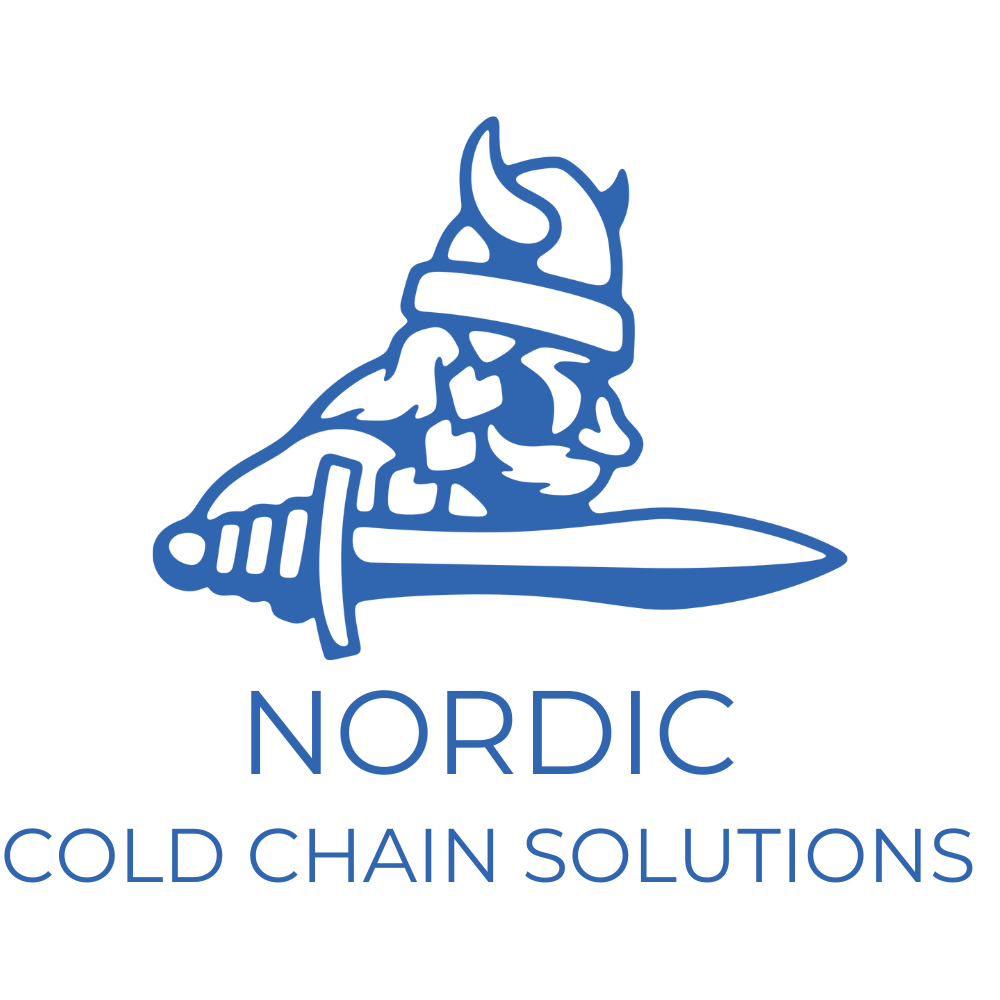In the fast-paced world of logistics, cold storage plays a pivotal role in preserving the integrity of perishable goods. Maintaining the appropriate temperature is crucial for food, pharmaceuticals, chemicals, and more. However, managing cold storage efficiently is filled with challenges, particularly regarding network management. This blog explores the complexities of cold storage and offers insights into overcoming network challenges to ensure optimal efficiency.
Identifying Common Network Challenges
Cold storage networks face several challenges that can significantly impact their efficiency and product quality:
- Temperature Fluctuations: Maintaining consistent temperatures is crucial for the integrity of stored goods. Fluctuations, even minor ones, can compromise product quality and lead to spoilage.
- Equipment Failures: Cold storage facilities rely heavily on advanced refrigeration equipment. Any failure in this equipment can result in substantial financial losses and product waste.
- Logistical Hurdles: Efficiently managing cold storage logistics, including transportation and handling, requires meticulous planning and coordination. Delays or errors in this process can disrupt the cold chain and affect product quality [Source 1].
Innovative Solutions for Network Optimization
To mitigate these challenges, industry professionals are turning to advanced technologies and strategies:
IoT Devices for Real-Time Monitoring
Internet of Things (IoT) devices provide real-time monitoring of temperature and humidity levels, enabling immediate corrective actions when deviations occur. These devices offer enhanced visibility and control over the cold storage environment.
Automated Systems for Better Control
Automation in cold storage can streamline operations and reduce human error. Computerized systems can manage inventory, control temperatures, and optimize energy usage, contributing to overall efficiency.
Predictive Maintenance Practices
Implementing predictive maintenance can prevent equipment failures before they occur. By analyzing data from machinery, predictive maintenance systems can forecast potential issues and schedule timely interventions, minimizing downtime and maintaining operational continuity.
Best Practices for Maintaining Efficiency
To maintain optimal efficiency in cold storage operations, industry professionals should consider the following best practices:
- Regular Audits: Conducting regular audits of cold storage facilities can identify potential issues before they escalate. Audits should focus on equipment performance, temperature consistency, and operational efficiency.
- Staff Training: It is vital to ensure that staff are well-trained in handling cold storage equipment and procedures. Continuous training programs can keep staff updated on the latest technologies and best practices.
- Leveraging Data Analytics: Utilizing data analytics can provide deeper insights into cold storage operations. Facilities can optimize their processes by analyzing data trends, enhancing efficiency, and making informed decisions.
Moving Forward
In conclusion, navigating the complexities of cold storage requires a strategic approach to managing network challenges. Industry professionals can achieve optimal efficiency in their cold storage operations by leveraging advanced technologies, implementing best practices, and learning from successful case studies. Addressing these challenges ensures product quality and enhances operational reliability and cost-effectiveness.







